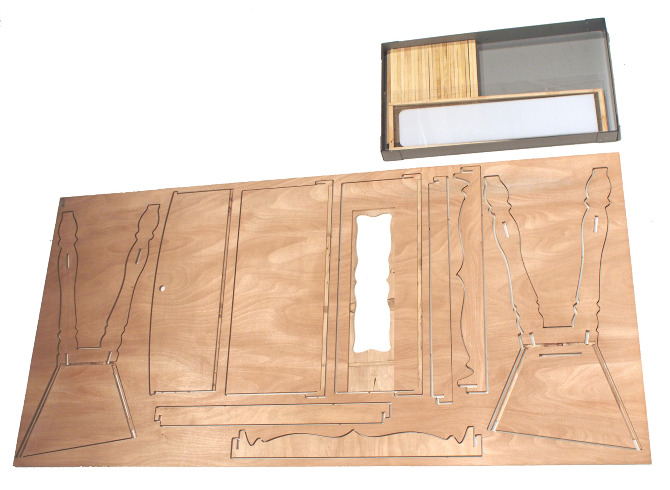Of course I understand this ... but one has to ask what is the point of inspecting this type of hive ... your options for interfering with, say, varroacides, are limited by the design and if you are not going to inspect then what's the point of having it hinged for inspection ?
I'm afraid I don't quite follow your reasoning. Most modern beekeeping practices include inspection as part of the beekeeping method. The hive is inspected for the presence of disease and infection, for judging the state of the colony, for dealing with queen cells, and for fixing any problem that can be fixed by simple comb manipulations. That is why I don't understand your comment "what's the point of inspecting this type of hive".
As I said ... might as well have a LDH or a National/Langstroth etc.. more practical, usable and versatile.
If what you're trying to say here is "it is not better than" an LDH or a National/Langstroth etc, then I really don't have an answer except to say that different bee hives appeal to different needs or preferences.
The selling points of this hive tells me about the void in the market that it is trying to fill: a hive for beekeepers who want to go frameless but don't want complete chaos in the box, and want the ability to do beekeeping pro-actively instead of passively.
Couldn't quite see how this works ... if it hinges as I think it does then the combs won't be perpendicular when it is hinged upward...
If you stand in front of the hive (i.e. where the bees fly in), and you grab hold of the landing board/canopy and lift it straight upwards, the hive will tilt backwards and "hinge" on the rear edge. I don't think there is an actual metal hinge there (can't see it), but imagine it that way. If you lift the front side of the hive up all the way, you'll see the undersides of the comb in lines that run straight down towards the ground.
In the picture below, the hive is tilted so that the top of the hive (facing the camera) rests on a "broom handle", and the board that the man is holding in his hands is the hive bottom that is normally attached to the hive using clips.
... and, as any top bar owner will tell you, handling unsupported comb is normally done keeping the comb in a vertical plane as the likelihood of comb breaking off under its own weight is high if you subject the attachment to the full weight of comb on its side.
Yes, but in this hive the comb is never in that horizontal position -- it is always in a vertical plane, as you put it.
The picture below shows the hive while you inspect it. In this picture, the hive was hinged on the front of the hive (not on the rear of the hive, as mentioned in my other posts -- both tilt directions occur on their site):
The only way you could harvest is by cutting the combs off with a warre style knife that has a blade at right angles to a shaft so you can cut the comb away from the top attachment and remove it whole.
What you call a "Warre style knife" is a skep knife. It's a long, thin rod with a blade at the end, at a right angle to the rod, and you can use it not only for harvesting comb but also for doing inspections, by cutting off a thin strip of comb from deep within the nest. That is how skep beekeepers inspect hives for diseases and to determine the position of the brood nest, pollen ring, etc. A local TBH beekeeper says that he finds the skep knife invaluable when cleaning the sides of his hives from brace comb.
Once the bees have built free comb in this type of hive, you are going to be hard pushed to see anything but the bottom edge and a few cells up into the box - so what's the inspection going to achieve?
Beekeepers have inspected such hives for centuries, with success. Just like you can judge a lot by what goes on at the flight opening, you can judge a lot by looking at the undersides of the combs, even if you don't make any cuts using the skep knife. Yes, framed beekeepers can see a lot more, but that doesn't mean frameless beekeepers can't see anything at all.









